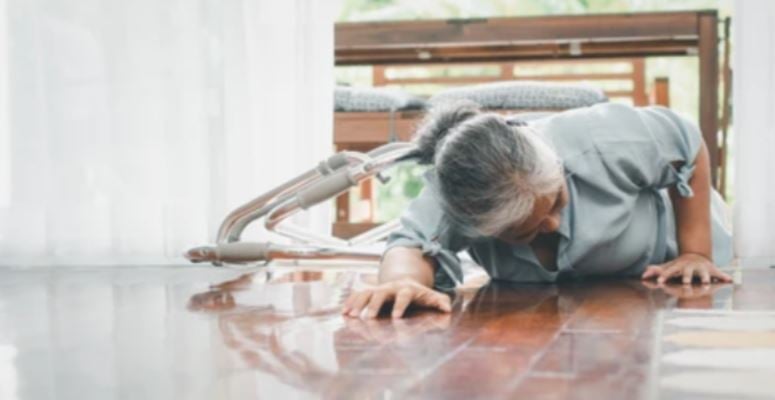Fall Prevention Tips: Caring for Aging Parents
By AccentCare
More than 10,000 people turn 65 every day in the United States. As people are living longer, most want to stay in their homes as long as possible. One fall could change it all. During the winter months, hospitals see a sharp increase in the amount of older adults with fall injuries.
Among older adults, accidental falls are the leading cause of both fatal and nonfatal unintentional injuries (Centers for Disease Control and Prevention [CDC] 2016). The CDC notes that 1 in 5 or about 20% of falls in adults lead to life-altering changes, primarily from broken hips or brain injuries. Accidental falls affect 30% of older adults over 60 years, and 40% of seniors aged 80 to 85 years. Falls are the most common type of unintentional injury in the United States, and the leading cause of accidental death.
Paying close attention to preventive tips could help your loved one remain safe. With these tips, adult children can help their loved ones prepare their home in areas where a potential fall might occur. Keeping your loved one safe in the home may allow them to age in place and remain independent longer. Jennifer Brown is a Physical Therapist for AccentCare and knows firsthand what a fall can mean for families and patients. Her insights might save you from facing that life-changing scenario:
“As a Physical Therapist for the last ten years and someone with aging parents, I have seen the impact falls can have on families and patients. It can result in loss of independence, reduced quality of life, and unfortunately often a significant injury. Here are some tips that you can do to keep your parents or loved one safe and independent in their home:
Proper Lighting - As we age, our vision changes and having to get up to use the restroom in the middle of the night is one of the most common reported falls we see in home health. Ensure your loved one has night lights and proper lighting set up at nighttime or in dark hallways/rooms to ensure they are able to see their environment.
Assess their shower/tub to ensure there are non-slip surfaces in place - Is there a need for grab bars or handrails to ensure they can safely enter/exit their shower and bathe themselves? The shower or tub is one of the most significant risks for falls.
Make sure their pathways are clear - It is important to assess your loved one’s home for potential trip hazards. Do they have a rug that is not properly adhered to the floor? Is there a change in flooring surfaces without a proper transition to prevent tripping? Are there exposed cords that could increase the potential for them to trip? Ensure furniture and clutter is removed from walking paths.
Wearing proper non-slip shoes - As we age our sensory awareness in our feet can change. Wearing proper fitting shoes with a good non slip surface to allow for proper lifting of your feet during walking is important. House shoes and slippers without a back can often cause you to shuffle your feet during walking, putting your loved one at increased risk for tripping.
Assist your loved one in managing their medications - Many medications may have side effects that can put you at increased risk for falling. Ensure your loved one is taking their medication as prescribed by their doctor.
Remember to always confer with your doctor or physician if you or your loved ones are having health concerns. They can be a wealth of knowledge and assist in getting you solutions you might need. If balance or falling is an issue, communicate your concerns and questions to your medical practitioner immediately.”
Jennifer Brown, PT, DPT | AccentCare Regional Therapy Director
Facts About Falls | Fall Prevention | Injury Center | CDC